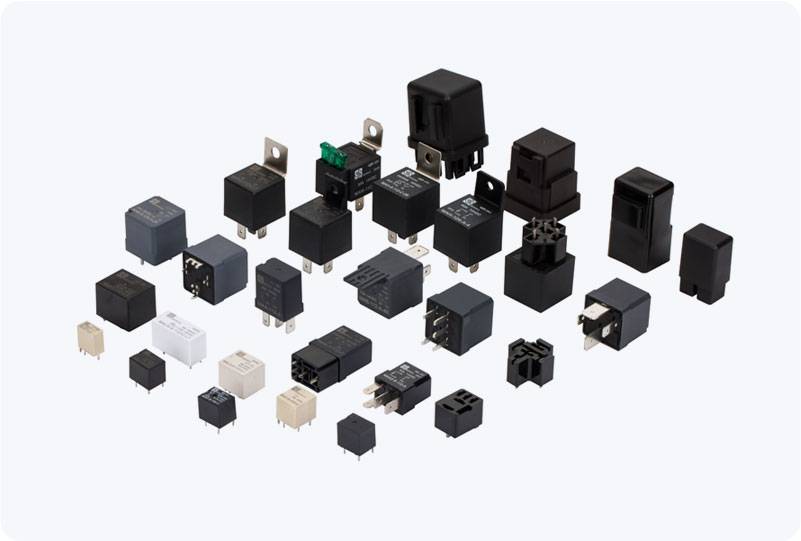In the world of electric vehicles (EVs) and new energy vehicles (NEVs), ensuring the safety and efficiency of high-voltage electrical systems is of utmost importance. One of the key components that enable these vehicles to function smoothly and securely is the High Voltage DC Relay. This article explores the crucial role these relays play in modern electric mobility, from providing safety mechanisms to ensuring seamless power distribution across various vehicle components.

Understanding High Voltage DC Relays A High Voltage DC Relay is an electrical switch designed to control the flow of high-voltage direct current (DC) electricity. In NEVs, these relays are employed to manage the electrical connections between the vehicle’s high-voltage battery pack, electric motor, power electronics, and charging system. Given the significant amount of power flowing through these systems, it is essential for these relays to operate with precision and reliability to ensure the vehicle’s performance and the safety of its users. Key Functions of High Voltage DC Relays Battery Isolation and Protection: One of the primary functions of high-voltage DC relays in NEVs is to isolate the battery pack from the rest of the electrical system when necessary. This ensures that there is no leakage of current, which could cause short circuits or battery damage. The relay helps disconnect the battery during charging or when the vehicle is turned off, preventing any electrical mishaps and ensuring the longevity of the battery.